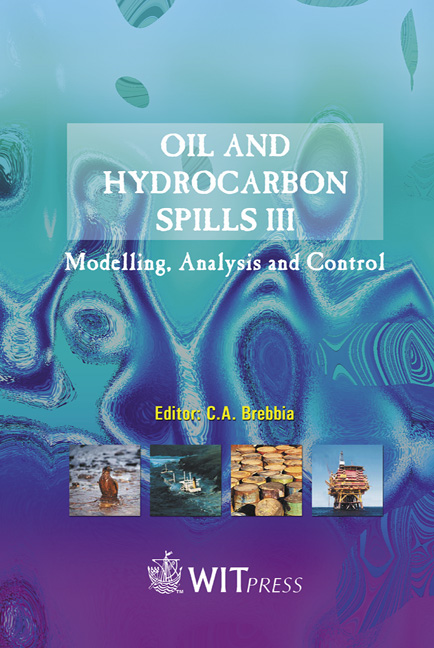Modelling Of Steam Injection For Removal Of Non-aqueous Phase
Price
Free (open access)
Transaction
Volume
59
Pages
Published
2002
Size
525 kb
Paper DOI
10.2495/OIL020271
Copyright
WIT Press
Author(s)
M. Cernik & P. Kvapil
Abstract
Sites polluted by NALP are hardly recoverable. The classic technique of Pump and Treat often gives very poor results with a low rate of remediation. Application of hot steam for enhanced evaporation, mobilization and/or dissolution of contaminants is a promising method in many cases. Modelling of such a system requires a tool for three dimensional, non-isothermal, multiphase transport of multicomponent organic contaminants in saturated and unsaturated zones. The numerical simulator, MNOTS based on conservation of mass for each chemical component, Darcy’s law, and conservation of thermal energy, is able to simulate gas, NAPL and water phase simultaneously in a 3D grid of finite elements. The model was applied to simulate remediation of coal-tar pollution in groundwater of a former cookery. The pollution remains below an urban area, where any installation of remediation technique is difficult. The site in the shape of triangle is being cleaned by two sets of horizontal wells, and a set of vertical wells situated by the base of the triangle. The deeper set of horizontal wells is used for steam injection, the second set for venting, and the vertical wells for pumping of contaminated water. Besides measuring points on the base of triangle, only one additional monitoring point on the opposite vertex of the triangle is available. The temperature of the soil environment is a key factor for sufficient steam application. The model was used to calculate temperature distribution in different steam regimes and to optimise the injected amount. Results are compared with the measured temperatures. In addition, the mobility of coal-tar products and the processes of remediation are also simulated.
Keywords





